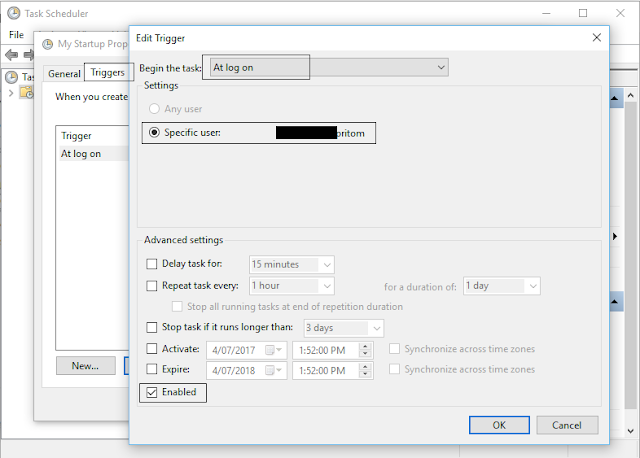You can create a view composer that injects those variables into your view file. In "app/Providers/AppServiceProvider.php" add something like this:
public function boot()
{
//app('view')->composer("folder.specific_view_name", function ($view) {
app('view')->composer("*", function ($view) {
$action = app("request")->route()->getAction();
$controller = class_basename($action["controller"]);
list($controller_name, $action_name) = explode("@", $controller);
$view->with(compact("controller_name", "action_name"));
});
}
You also can parameters from current request as below:
app('request')->route()->parameters()
Array
(
[middleware] => web
[as] => folder.view_name
[uses] => App\Http\Controllers\UserController@show
[controller] => App\Http\Controllers\UserController@show
[namespace] => App\Http\Controllers
[prefix] =>
[where] => Array
(
)
)
public function boot()
{
//app('view')->composer("folder.specific_view_name", function ($view) {
app('view')->composer("*", function ($view) {
$action = app("request")->route()->getAction();
$controller = class_basename($action["controller"]);
list($controller_name, $action_name) = explode("@", $controller);
$view->with(compact("controller_name", "action_name"));
});
}
You also can parameters from current request as below:
app('request')->route()->parameters()
Array
(
[middleware] => web
[as] => folder.view_name
[uses] => App\Http\Controllers\UserController@show
[controller] => App\Http\Controllers\UserController@show
[namespace] => App\Http\Controllers
[prefix] =>
[where] => Array
(
)
)





